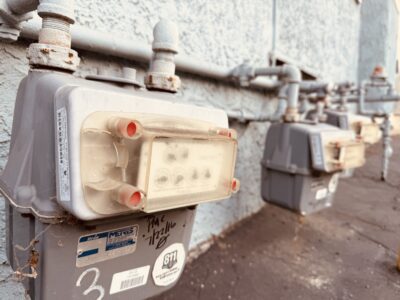…and another thing about electric rates and the environment…
Last week, I wrote about how a proposal to change the design of residential electric rates might get in the way of efforts to encourage energy efficiency. Sushil Jacob, a keen-eyed student in my Energy Regulation and the Environment class, points to another potential problem. PG&E, the largest utility providing service in California, wants to change its rates. Currently, residential customers pay higher rates the more power they demand. Customers who use a lot of power every month are charged in five increments, and each one is more expensive than the last. PG&E wants to reduce the increments to three, and spread some of the remaining costs among all of its residential customers in the form of a flat $3 monthly fee. My concern was that reducing the bills of the biggest users could encourage them to use more, while the smaller users suddenly facing higher bills would have less marginal use to shed.
Apparently there is more to be concerned about. The Oakland Tribune quotes solar energy industry reps as worrying that eliminating the two highest cost increments could hurt solar energy development in the state. It is the customers paying the highest charges that stand to gain the most by installing photovoltaic solar collectors on their homes. The highest rate is currently almost 50 cents per kilowatt hour. With the change, the new highest rate would be about 29 cents. The Tribune reports that the redesigned rates would radically change the economics of solar energy use for many customers.
“I’m not prepared to say this is some kind of death knell,” said Adam Browning, executive director of the nonprofit Vote Solar Initiative. “While it lowers the top tier, it also expands the middle tier, and could possibly bring more people into a sweet spot for solar. But many industry insiders aren’t so sure. PG&E points out that 40% of the residential solar in the state is on the homes of its customers, and that it supports various solar energy programs. All of the best intent, however, doesn’t matter if the rate change effects behavior. It is up to the state’s Public Utilities Commission to figure all of this out and decide whether to approve the utility’s proposal.







Reader Comments